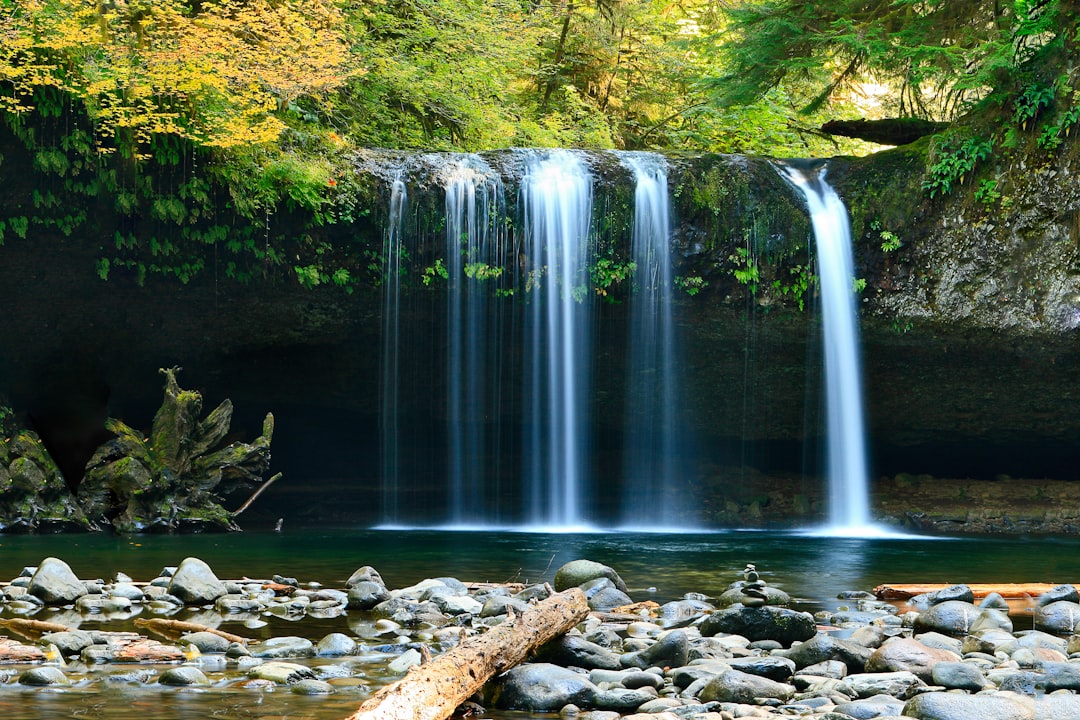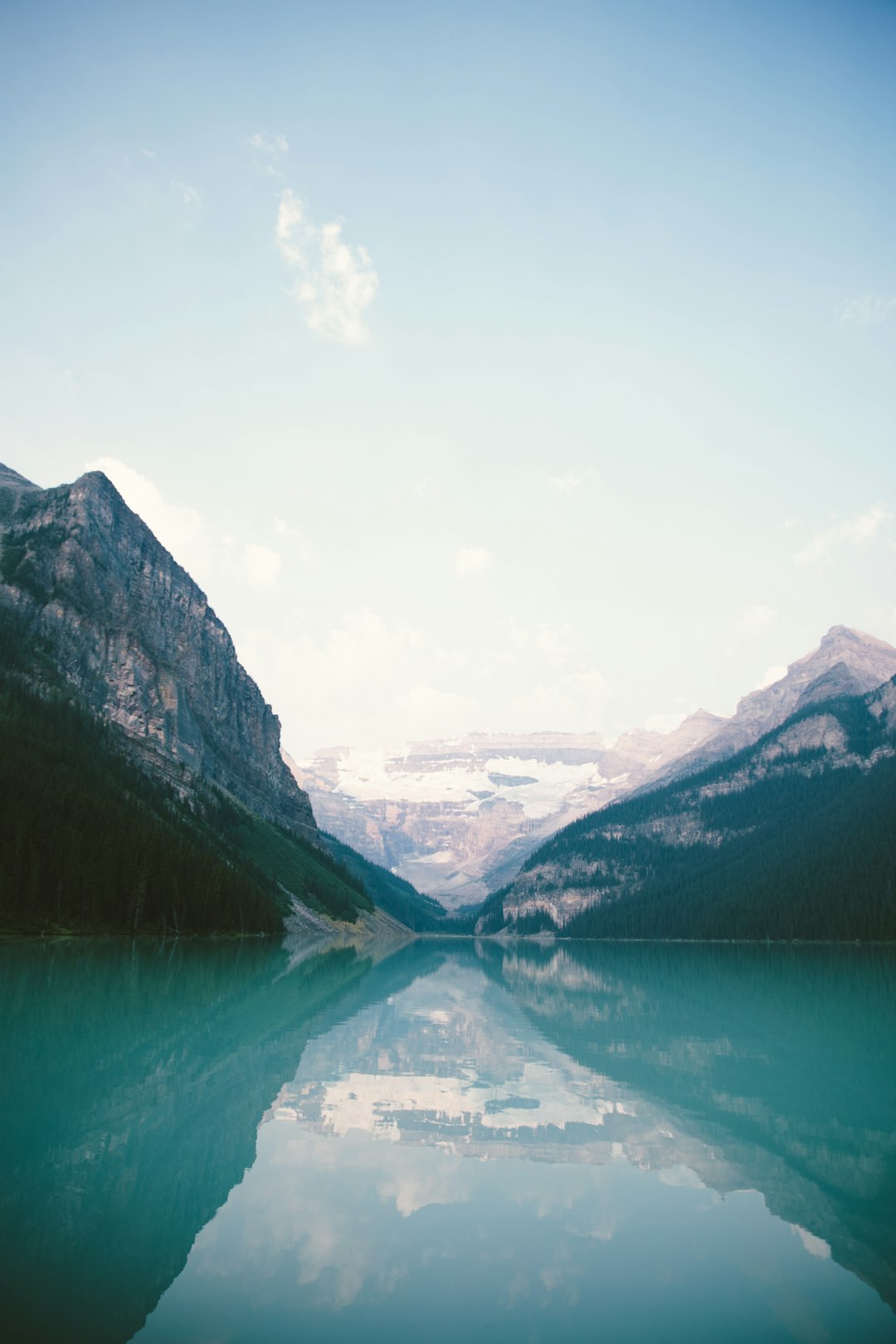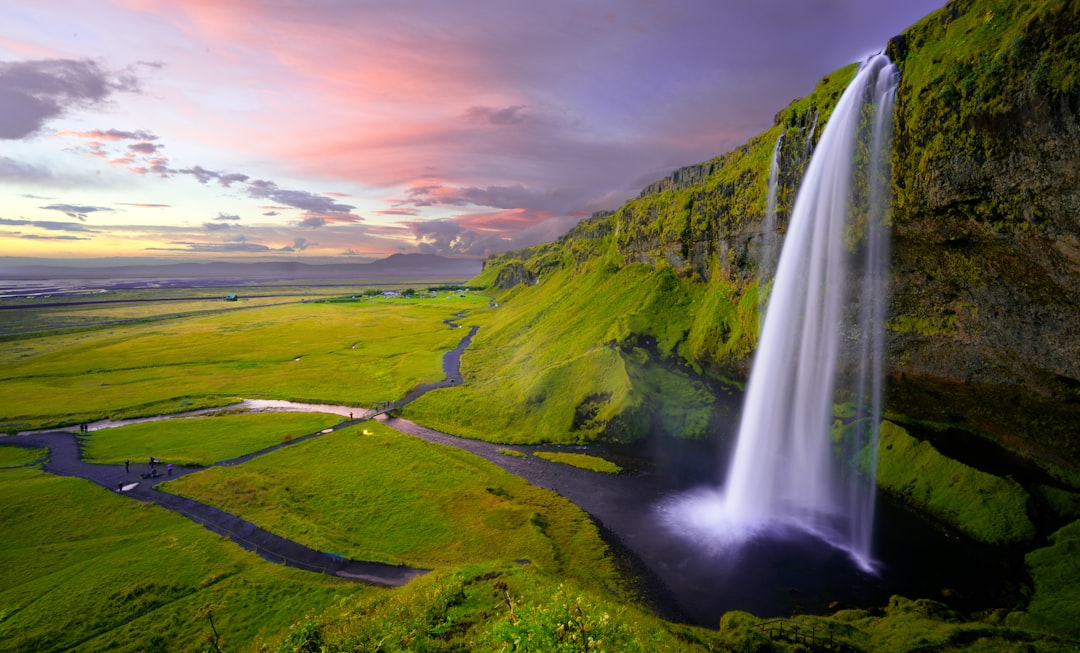
The Best Time to Visit Waterfalls: A Seasonal Guide
# Introduction. Experiencing the majesty of waterfalls is on many travelers’ bucket lists, but knowing the optimal time to visit can significantly enhance your experience. Waterfalls are not just a visual spectacle; they are also a dynamic environment that changes with the seasons. Understanding when to visit can help you witness their most breathtaking displays and enjoy them without the crowds. In this post, we’ll explore the best times to visit waterfalls based on seasonal changes, weather patterns, and personal preferences. # Spring: A Fresh Awakening. Spring is undoubtedly one of the best seasons to visit waterfalls. As the snow melts and temperatures rise, waterfall flows are often at their peak. This is particularly true in areas where winter snowfall has accumulated, creating a robust torrent once it begins to thaw. Visiting waterfalls during spring can mean witnessing stunning cascades of water that can spill over in a magnificent fashion. In many regions, particularly mountainous areas, spring blooms may coincide with waterfall visits. You can couple your waterfall sightseeing with views of wildflowers and greenery, making for vibrant photographs and an overall enriching experience. However, it is essential to consider the weather as spring showers can impact trail conditions, making some routes slippery. Be sure to check local forecasts and prepare accordingly. # Summer: Full and Thriving. Summer is another popular time for waterfall visits, especially in warmer climates. By now, most waterfall systems are still running strong, although the water flow may slow compared to spring. Summer presents longer days perfect for hiking, offering an opportunity for extended exploration. Tourists flock to famous waterfalls during summer vacations, so visiting early in the morning or late in the afternoon can help you avoid large crowds. However, visitors should be mindful of rising temperatures and potential heat exhaustion. It's crucial to stay hydrated and wear appropriate sun protection. Areas with waterfalls also provide great spots for swimming; however, ensure safety precautions are taken and check local advisories before diving into unknown waters. # Autumn: A Different Kind of Beauty. Autumn offers a unique and picturesque experience to waterfall visitors. As leaves change color, the backdrop surrounding many waterfalls transforms into a palette of reds, oranges, and yellows. This vibrant display not only enhances the natural beauty of the waterfalls but also provides excellent opportunities for photography. The flow of waterfalls might decrease in autumn as the summer fade leads into winter. However, the serene ambiance and quiet atmosphere in many regions make it a perfect season for a peaceful visit. Plus, fewer crowds mean a more intimate experience with nature. Just be aware that weather can be unpredictable, with possible rain or early snow, so pack layers and appropriate footwear for muddy trails. # Winter: The Icy Wonderland. Visiting waterfalls in winter can be a magical experience, especially for those who enjoy less crowded destinations. Many waterfalls freeze into stunning ice sculptures, creating a picturesque winter wonderland. Iconic waterfalls like Niagara or Yosemite's Yosemite Falls transform, offering a unique sight that many visitors don't get to experience. However, adventuring in colder months comes with its own set of challenges. Prepare for icy conditions on trails, and ensure you have proper winter gear. Be cautious of your surroundings; while frozen waterfalls can be beautiful, they can also be dangerous due to the potential for falling icicles or unstable ice. Guided tours may provide safe alternatives for visiting these stunning winter vistas. # Conclusion. Every season offers its unique charm and beauty when it comes to visiting waterfalls. Whether you prefer the powerful torrents of spring, the serene summer days, the picturesque fall colors, or the enchanting frozen landscapes of winter, there's always a good reason to explore waterfalls. Understanding the best time to visit can immensely enhance your experience, allowing you to appreciate these natural wonders fully. Regardless of when you go, remember to respect the environment and enjoy one of nature's most breathtaking displays fully. .







